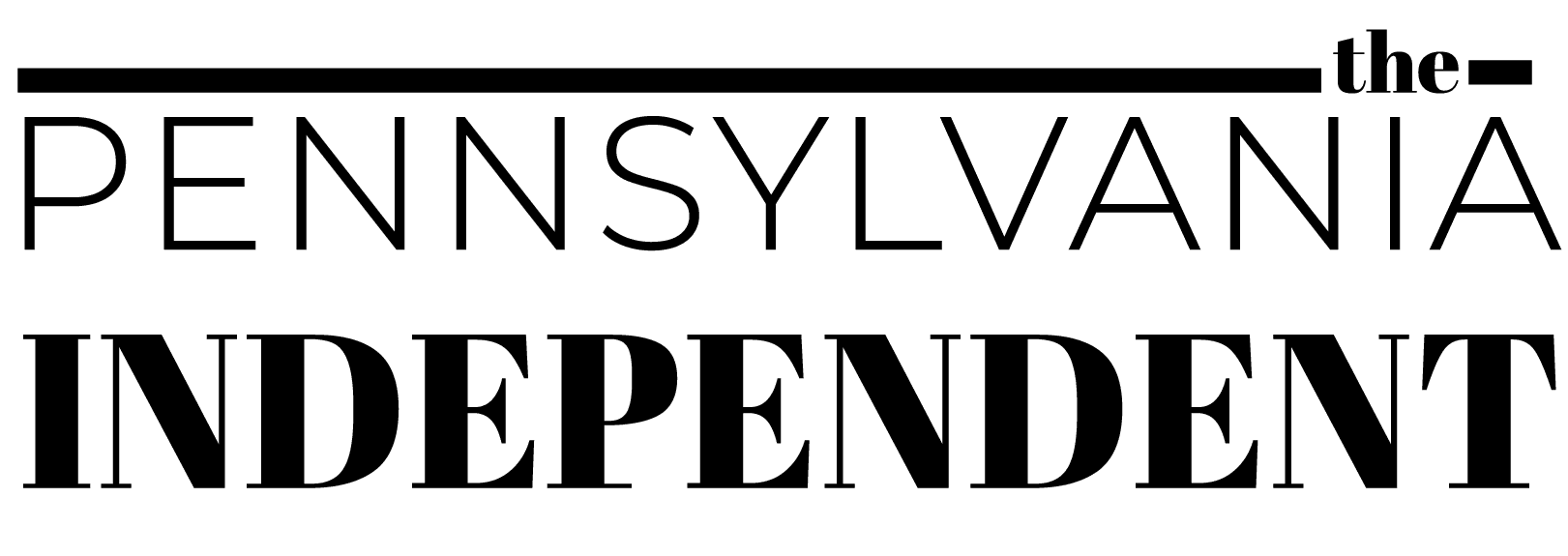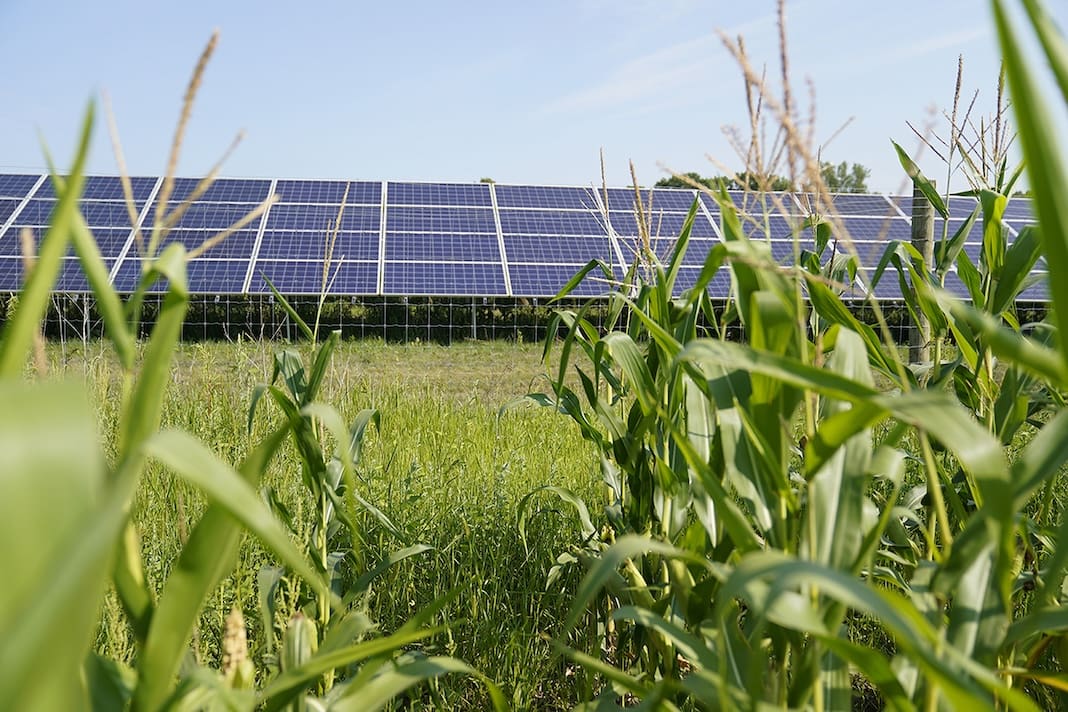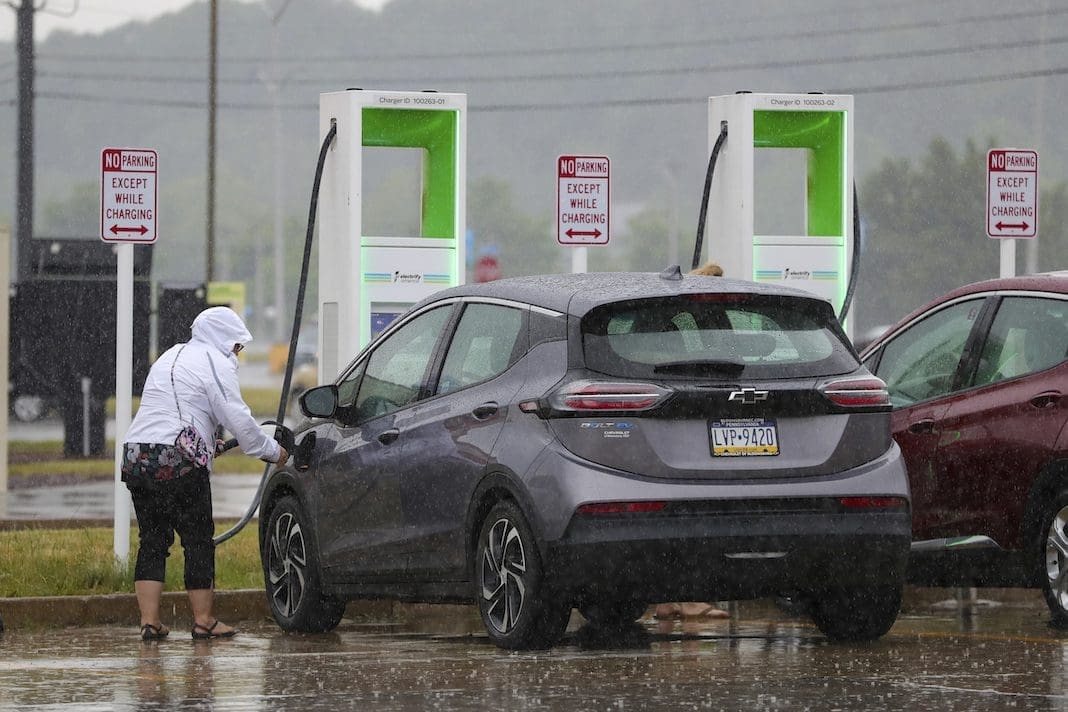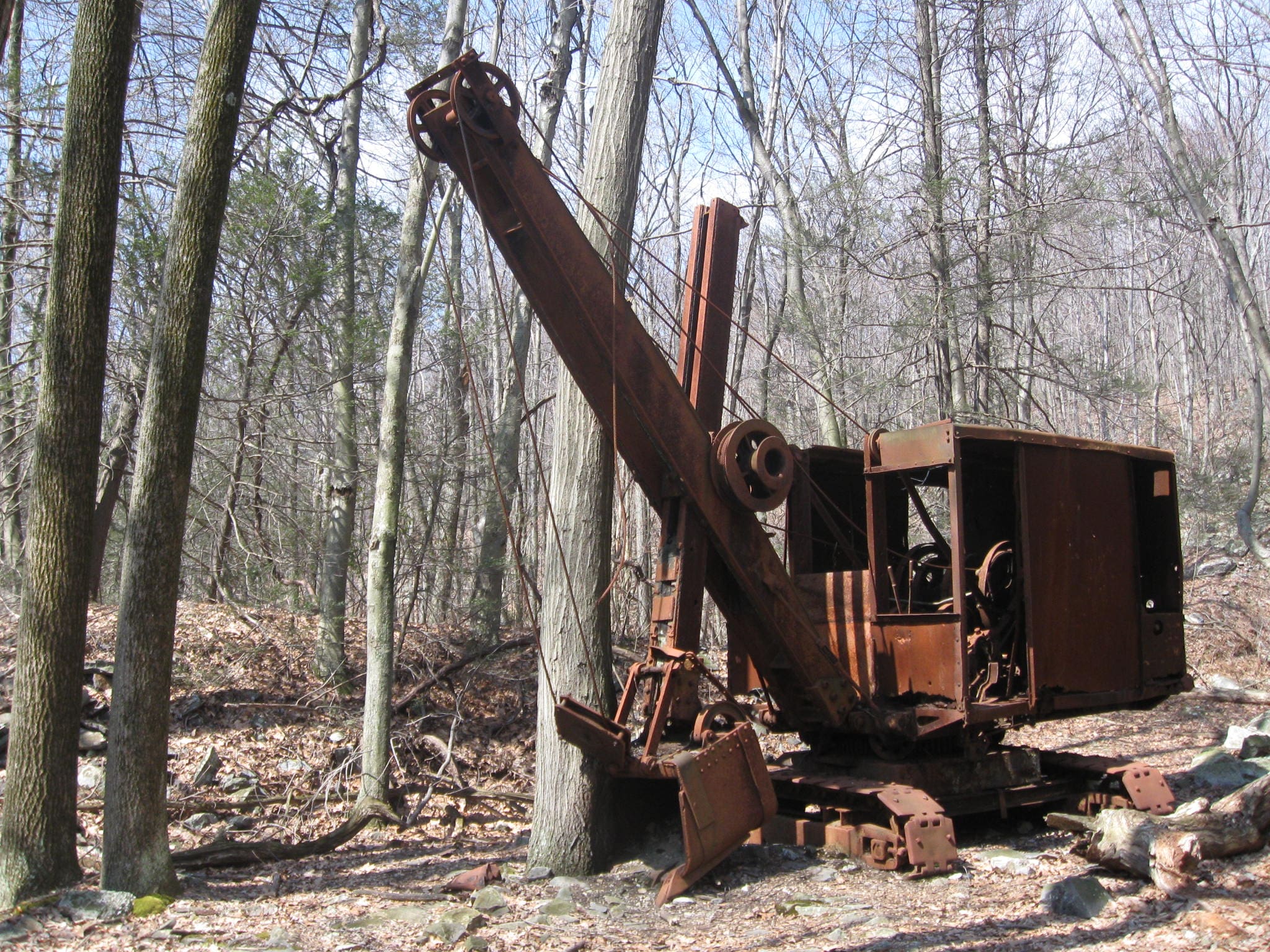Pennsylvania dairy farmer turns 1,000-pound butter sculpture into renewable energy
Reinford Farms converts 50,000 tons of food waste diverted from landfills per year to reduce greenhouse gas emissions.

The Pennsylvania Farm Show has featured a butter sculpture for the last 33 years. After this year’s show, the 1,000-pound sculpture titled “A Table for All: Pennsylvania Dairy Connects Communities” was dismantled and removed by a local dairy farm to be converted into renewable energy, heat, and fertilizer.
For the last eight years, Brett Reinford of Reinford Farms, located in Mifflintown, in Juniata County, has taken the butter sculptures and added them to the thousands of pounds of food waste he receives from grocery stores and food manufacturing companies. He dumps the food waste into two of his farm’s anaerobic digestion systems, converting it into clean energy.
Reinford Farms was started by Brett Reinford’s parents in 1991. In 2008, Reinford began creating renewable energy with cow manure and food waste from a couple of local grocery stores. According to Reinford, the farm, which has about 750 cows and sits on 700 acres of land, now makes enough energy to heat 500 homes in the area.
According to the Reinford Farms website, creating renewable power begins with food waste shipped to the farm in cardboard boxes, cans, bags, and plastic. Once the food waste is separated from the packaging, anything that is recyclable is recycled. The food waste is then combined with manure from the dairy farm and placed into one of the digester machines. Bacteria breaks down the food waste and manure, and methane gas rises to the top. The methane gas is used to heat water, make fertilizer, and create electricity that is sent back to the grid. The farm generates enough energy to power the Reinford Farm, as well as the 500 houses.

Reinford told the Pennsylvania Independent that the idea began as a way to be kind to their neighbors and reduce the odor of cow manure.
Last year, the Reinford Farm put 50,000 tons of food waste into the digesters, along with the cow manure, and sold the excess energy to Pennsylvania company PPL Electric Utilities.
“We knew you could make power with it, but we didn’t know we were going to sell it,” Reinford said.
Reinford says that when he bought his first digester in 2008, turning food and manure into a form of clean energy was a relatively new concept: “I think at the time, it was like 40 farms in the U.S. had digesters.”
According to the U.S. Environmental Protection Agency, there are 343 digesters currently in use in the United States.
Reinford said the biggest issue for farmers who want to convert food waste or manure to energy is the cost of the digester itself. He said he paid about $1 million for his first machine in 2008 and over $3 million for the second one.
In October 2023, Pennsylvania Gov. Josh Shapiro announced the investment of $175.7 million through the Pennsylvania Infrastructure Investment Authority for water infrastructure projects. The Galeton Borough Authority received a grant for nearly $1.5 million to install two new aerobic digesters and other equipment, according to the Pennsylvania Department of Community and Economic Development website.
According to Grist, companies that use digesters to convert food waste into renewable energy are eligible for up to 30% in tax credits through the Inflation Reduction Act that was signed into law by President Joe Biden in August 2022.
This year’s 2024 butter sculpture was created by Jim Victor and Marie Pelton of Conshohocken. The pair have built 22 sculptures since 1995, Susquehanna Valley-area NBC affiliate WGAL-8 reported.




